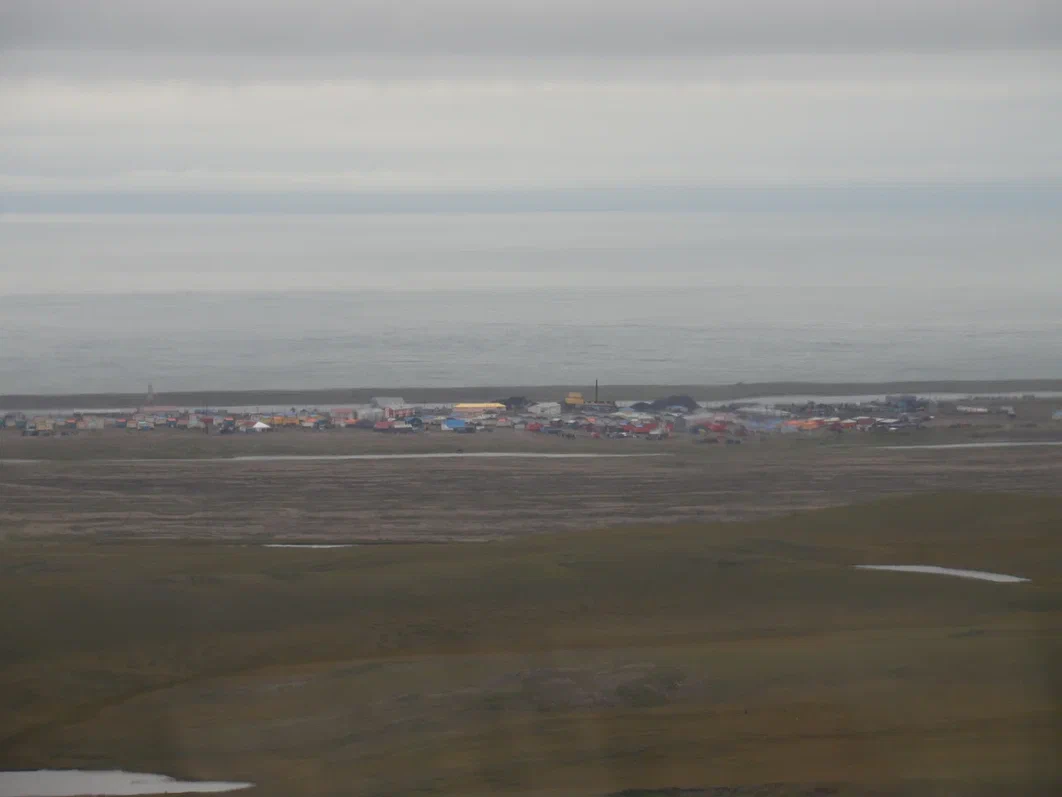|
|
Ivan Andreevich Golovnev
Doctor of Historical Sciences, Leading Researcher of the Centre for Arctic Research
Of the Peter the Great Museum of Anthropology and Ethnography (the Kunstkamera) RAS
|
Kereks. Lifestyles
and
the
supporting system
The traditional Kerek way of life was characterized by engaging in diverse economic activities. Hunting birds and small rodents, fishing in spawning rivers and lakes, and gathering on the seashore and the tundra were equally important parts of their economic interactions. In the past, hunting marine mammals might have taken priority, but as time went on, it was on par with other trades in the supporting system of the Kerek community. While reindeer herding became more popular, this type of economic activity did not take off with Kereks.
After the 1917 Revolution, there came a wave of cultural transformations in the lives of Kereks as well as other ethnic groups in the Soviet Union. The agglomerations of settlements, concentration of the population in several polyethnic settlements, the establishment of the
kolkhoz
(collective farms), and other innovations accelerated the obliteration of unique features in the lifestyles of people living by the sea. In particular, in the 1930s, the areas of Kereks’ habitation became the site for constructing fish processing factories: the fish-canning factory in Bukhta Natalii, the industrial combines near the estuary of the River Opuka and the estuary of the Topata with a few subsidiary fishing bases. Furthermore, in 1944, the
Kerek
fishing crew united with
Novyi Byt
,
Polyarnaya Zvezda,
and
Krasnaya Zvezda
cooperatives into the
Druzhba
agricultural artel. Such industrial structures uniting local ethnicities with Russians and based on imported forms of economy facilitated the loss of Kerek identity.

Settlement Meinypilgyno. 2017. I.A.Golovnev’s photo























































